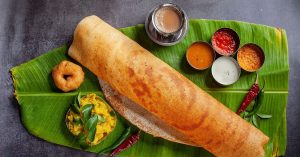Origins of Nolen Gur, A Healthy Winter Fave Behind Many Perfect Bengali Desserts
Here is the origin story of nolen gur, a kind of jaggery made from the sap of date palm tree and the star of many Bengali desserts, known for its woody, caramelly texture as well as its health benefits, especially during the winter.
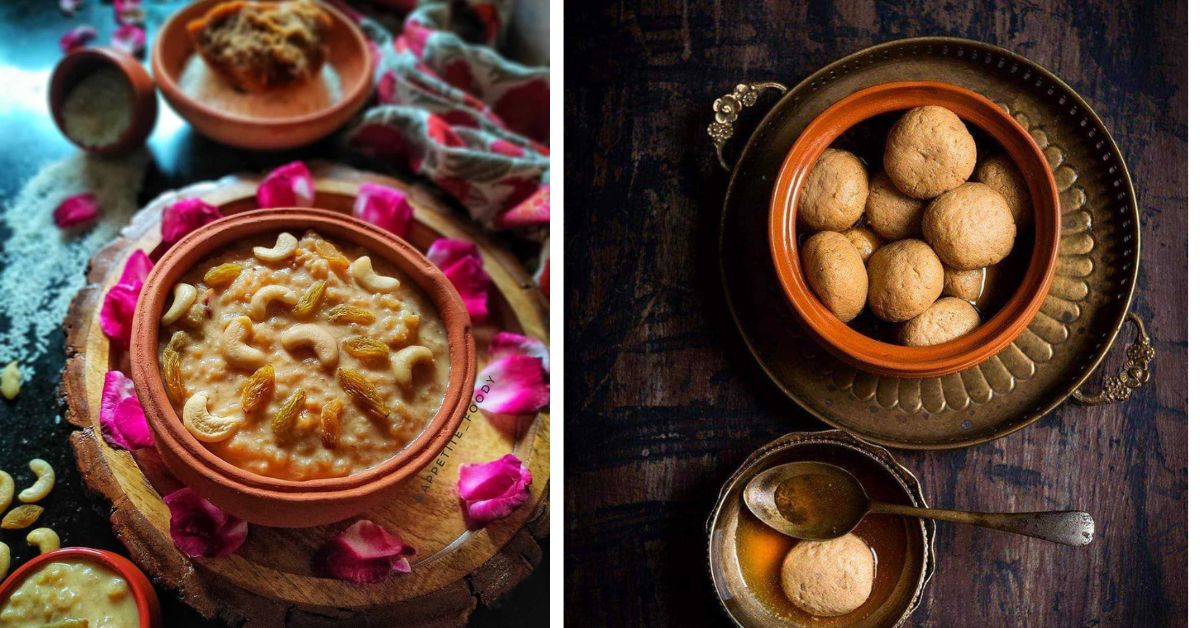
Come winter and out come the jars of jaggery, a common sight on the chequered dining tables of Indian homes.
A sweetener that has been used in cooking since time immemorial, jaggery has, through the ages, obtained the status of being a kind of hero ingredient.
And this is no surprise. It owes its popularity of being a winter must-have to its vitamin quotient, the versatility it exhibits, and as a defence against the declining temperatures as the chill sets in.
But among the many varieties of jaggery that are ever so popular in the bazaars of India, there is one that has a fan following of its own — nolen gur.
What is nolen gur?
Simply put, it is a kind of jaggery made from the sap of the date palm tree Phoenix sylvestris. The beauty of the tree is that it only produces this sap as temperatures begin to dip, meaning that the months between November to February are an ideal time for the jaggery to be collected.
Once the sap is produced by the plant, it is reduced over a fire for hours in order to achieve different consistencies of the jaggery — namely liquid, grainy and solid.
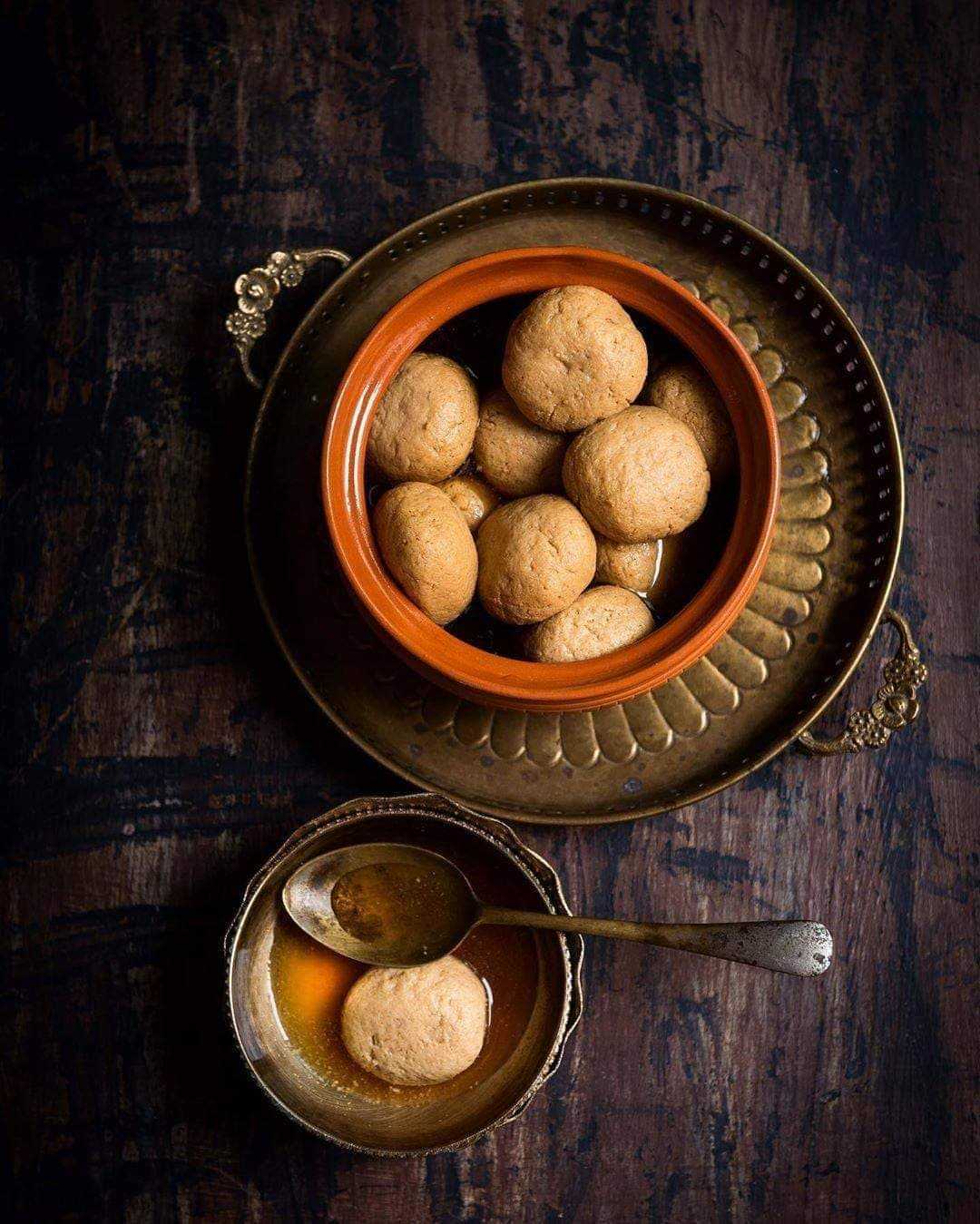
To get an idea of how this is achieved, imagine the sap being heated over a flame. As the heat intensifies, the thick gooey substance begins to transform into a viscous liquid. Stopping the process right before crystallisation produces the jhola gur, dense liquid syrup.
On further heating, the sap is reduced to ‘patali’, a solid deep brown product that melts as it hits the palette. This form of jaggery is said to have the highest shelf life and is stored in terracotta pots.
The natural sweetener, with its woody caramel notes, is a favourite. Even Sukumar Ray, father of Satyajit Ray declared, “Kintu shobar chaite bhalo, pauruti aar jhola gur (The best of all is bread with jhola gur).”
But while the popularity of the timeless sweet concoction is so well known, little is known about its history.
A sweet is born in Bengal
Around the 4th century BC, Pundra Bardhan (now Bogra) in Bengal had artisans belonging to ‘lower’ castes known as Siulis who would extract the sap of the date palm tree.
This would then be sold in the weekly markets and people came to love the quality so much that Pundra Bardhan came to be known as Gour (gur), which translates to jaggery — a natural product of sugarcane.
Documentations during this period have detailed the tedious nature of extracting the sap.
These nomads would scale the thorny date palm trees at night in order to tap it and cut the flower cluster at the end. They would then hang an earthen container at the end of this branch in order to collect the sap.
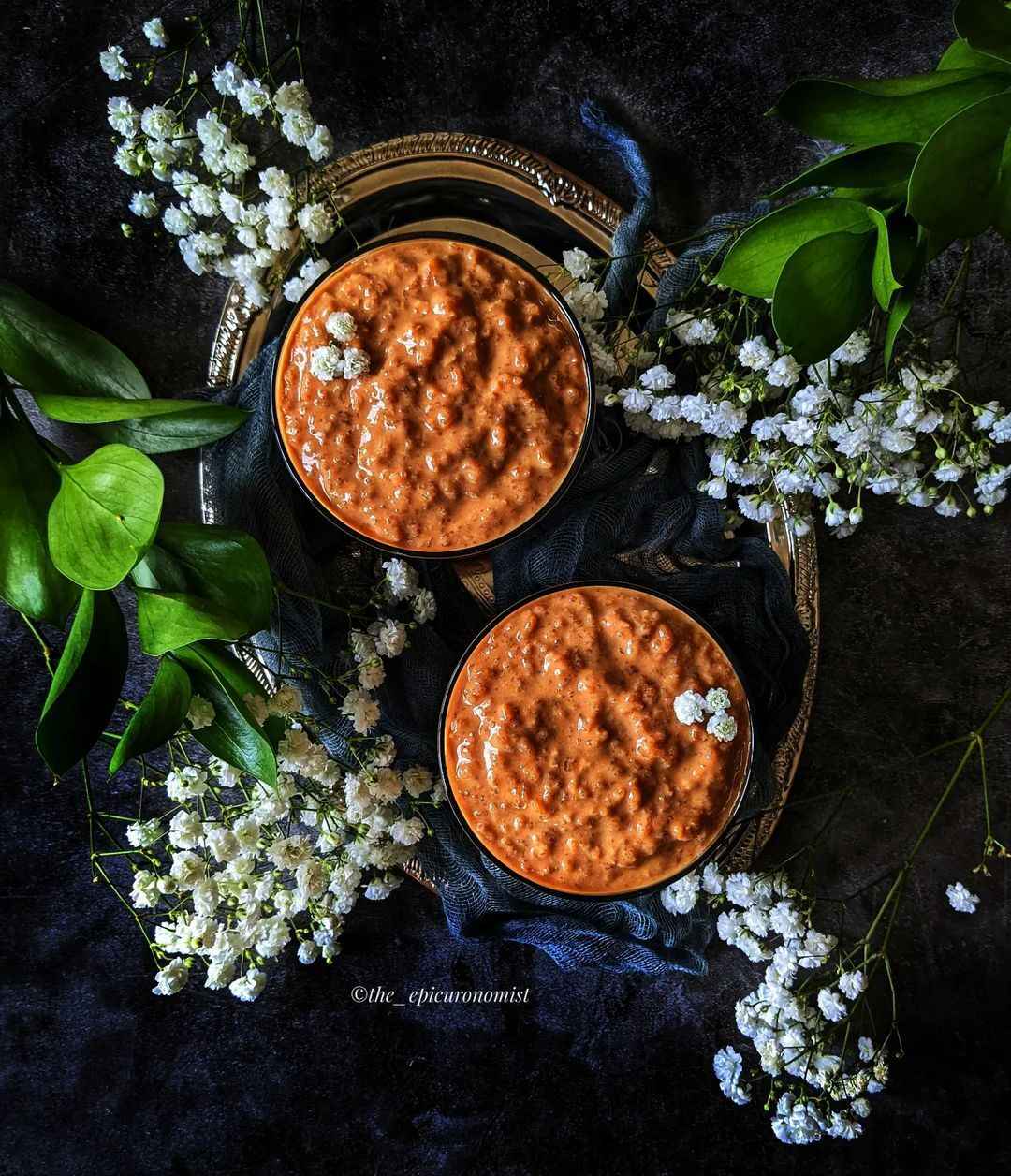
However, they had to be wary of the temperature and the timing, as the minute the climate would turn humid, wet, or even rainy, the sap would begin to turn turbid, making it unfit to eat. Similarly, even slight exposure to the sun’s heat would cause the sap to ferment and turn into an alcoholic form. The Siulis would have to abort the process.
Through time, this community became synonymous with nolen gur.
It is said that elders and experienced members could tell the purity of the jaggery simply by observing the consistency, what modern science terms the ‘Brix value’. This value is indicative of the amount of sugar present in the solution and should be 118-120 per cent for the perfect jaggery.
With the Siulis having crafted a niche for themselves, Bengal began to be famous for the nolen gur and the country’s sweets were proof of the love that followed.
Nolen gur sweets: Desserts fit for kings
The jaggery side steps the otherwise overloaded dessert scene by adding its woody flavours subtly to the dish it sweetens. But it is crucial to get the pure form.
As Madhuri Modak, managing director of Jalbhara Surjya Kumar Modak in Chandernagore (Chandannagar), the name associated with the invention of the jolbhora talshash sandesh, says, “Good nolen gur will vanish in your mouth, there will be no aftertaste unlike sugar, which turns slightly tangy in your throat.”
Thus sweets that are made with the unadulterated version are extraordinary in the way they taste.
Among the many desserts that are made with the famed nolen gur, there is the nolen gur roshogulla (ball shaped desserts made with Indian cottage cheese in sugar syrup), the nolen gur sandesh (a dessert made with Indian cottage cheese, milk and sugar syrup), nolen gur kancha golla (a dessert similar to the sandesh but more brittle), nolen gur payesh (a pudding of milk, rice and sugar) and the list goes on.
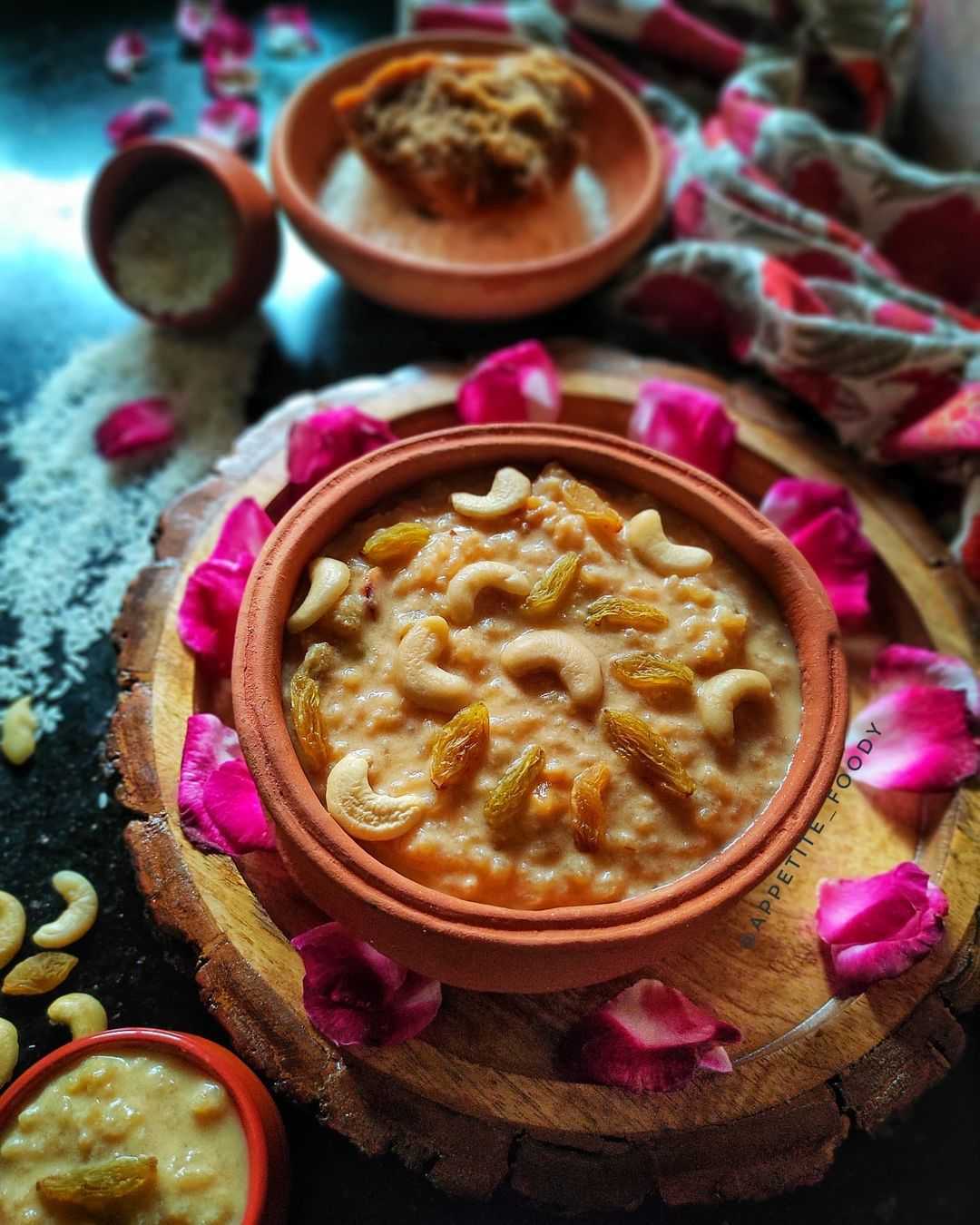
But while culinary experts revere the jaggery form, it also has a religious significance. In most sweet shops across Kolkata, the first nolen gur sweet is offered to Goddess Kali.
Such is the taste of the jaggery that it even became a popular substitute for sugar in ice creams.
Anuvrat Pabrai, founder and CEO of Pabrai’s Fresh and Naturelle Ice Cream told Media Brief that they started making nolen gur ice cream in 2007 under the brand Tulika’s.
“We have focussed on buying nolen gur through our chain of farmers who own trees and manufacture as per our norms, and quality specifications. We have a team of nearly 100 tree owners who do this for us. We buy nearly 50,000 kgs of Liquid Gur every winter. Strict Quality tests have been developed and a QC manager checks each batch of Gur. Only if it meets our quality parameters is it purchased,” said Pabrai.
While some are fans of the taste, there are others who argue the jaggery is their healthy substitute for sugar. Science agrees.
A sweetener for the health conscious
Whether you choose to eat a pinch of the jaggery after a meal or add it to your food, it is a great idea. This is because it acts as a digestive by stimulating the bowels and prompting the production of digestive enzymes.
Another advantage of jaggery is its iron content, which promotes the production of haemoglobin and helps those battling anaemia.
A study titled The Benefit of Indian Jaggery Over Sugar on Human Health found that due to the micronutrient content of jaggery, its antitoxic and anticarcinogenic activity is increased.
Studies also suggest that due to the high manganese content in jaggery, it is good for the brain as it improves signalling among neurons and could prevent brain degeneration.
Another study titled Review on Recent Advances in Value Addition of Jaggery based Products explored its health benefits. According to the study, jaggery contains longer chains of sucrose in comparison with sugar and therefore it is digested slowly by the body.
Energy release is also slow, ensuring a release over a long period of time. It also ensures that blood sugar levels do not shoot up rapidly. If you found our stories insightful, informative, or even just enjoyable, we invite you to consider making a voluntary payment to support the work we do at The Better India. Your contribution helps us continue producing quality content that educates, inspires, and drives positive change. Choose one of the payment options below for your contribution- By paying for the stories you value, you directly contribute to sustaining our efforts focused on making a difference in the world. Together, let’s ensure that impactful stories continue to be told and shared, enriching lives and communities alike. Thank you for your support. Here are some frequently asked questions you might find helpful to know why you are contributing?

With these health benefits and the incomparable taste of nolen gur, it is only right that the sweet makes its way to your winter menu.
Edited by Divya Sethu
Sources
What Makes ‘Nolen Gur’ The Queen Of Jaggery In Bengal? By Sushmita Sengupta, Published on 20 January 2022.
Nolen Gur: An Awaited Season by Snigdha Banerjee, Published on 3 May 2021.
Nolen Gur Health Benefits: Sweet Recipes You Can Try In Winters by Neha Grover, Published on 20 January 2021.
The benefit of Indian jaggery over sugar on human health by Abhay Kumar, Published on January 2020.
Exclusive | Anuvrat Pabrai, Pabrai’s Fresh & Naturelle Ice creams: Pabrai’s USP is the taste of our product by Kalpana Ravi, Published on 17 August 2022.
This story made me
-
97
-
121
-
89
-
167





